Description
This coffee comes from a group of 70 family farms in the area surrounding Pitalito, Huila, a region renowned for its high-quality coffee. What you have here is a blend carefully crafted by our partner at origin, exclusively from the Colombia Amarillo variety, known for its sweetness and balanced profile.
Historically, many small producers in Huila sold their coffee to local intermediaries with little bargaining power. This project seeks to change that dynamic. By joining together, producers receive technical support and are able to create larger, more consistent quality lots, opening the doors to specialty markets and ensuring a fairer payment for their work.
This single strain variety: “Colombia”, is well known among coffee growers for its resistance to rust, a disease that affects coffee plants. This “Amarillo” version is a natural mutation whose cherry, instead of ripening to a red color, ripens to an intense yellow. Many tasters and producers associate this color with a more delicate cup profile, with accentuated sweetness and more defined citrus and floral notes. What’s interesting about this coffee is its process.
There are 70 producers who deliver their lots already processed. Each farmer is responsible for depulping, fermenting, and washing the coffee on their own small farm. Drying is a key factor for quality: it is carried out on raised beds under solar canopies. This method protects the beans from rain and promotes slow, even drying, which is essential for the longevity and clarity of the coffee’s flavor. In the end, each of these micro-lots is cupped to create the final blend. This way of working results in a coffee that has the consistency of a good regional lot, but with flashes of the complexity contributed by the individual farms. It is a traceable, sweet, and complex coffee that perfectly represents the collaborative work in Huila.
Tasting Notes: A wonderful more traditional tasting Colombian coffee. Lower acidity, medium bodied, nice and nutty with hints of brightness, spice and cocoa. We thought it best from medium to dark roasts but clean and interesting enough to roast light to dark. Lighter Roasts (City to City+): Develops a bright acidity similar to lemon curd and a very clear sweetness of panela (unrefined cane sugar). A spicy cinnamon note appears, adding an interesting touch. Medium Roast (Full City): The body becomes more prominent, and notes of cocoa powder are more evident. This is an ideal roast for those seeking a classic balance with a pleasant, chocolatey aftertaste. Dark Roasts (French or Vienna):
Roasting Notes: Good from light to dark and fairly easy to roast. If you like crisper cups, keep it light, but make sure everything gets through first crack or risk a little herbal note. First roast not a half bad idea to error more in the medium ballpark, lighten up the roast on the 2nd attempt depending on your tastes. For those who like the rich and nutty darker tones from Colombia, medium to dark roasts will be the way to go.
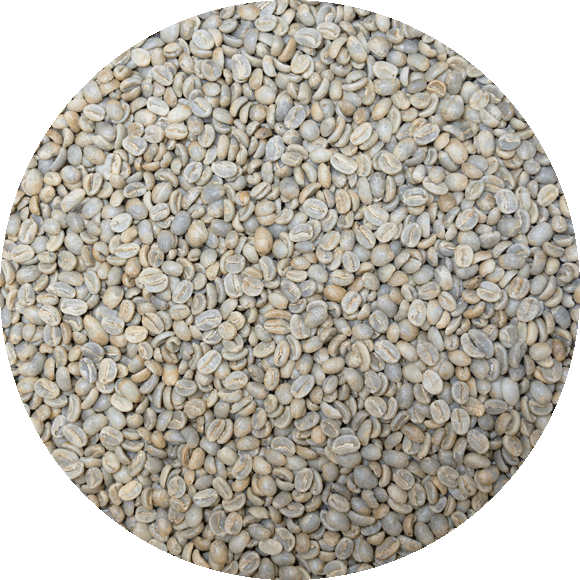
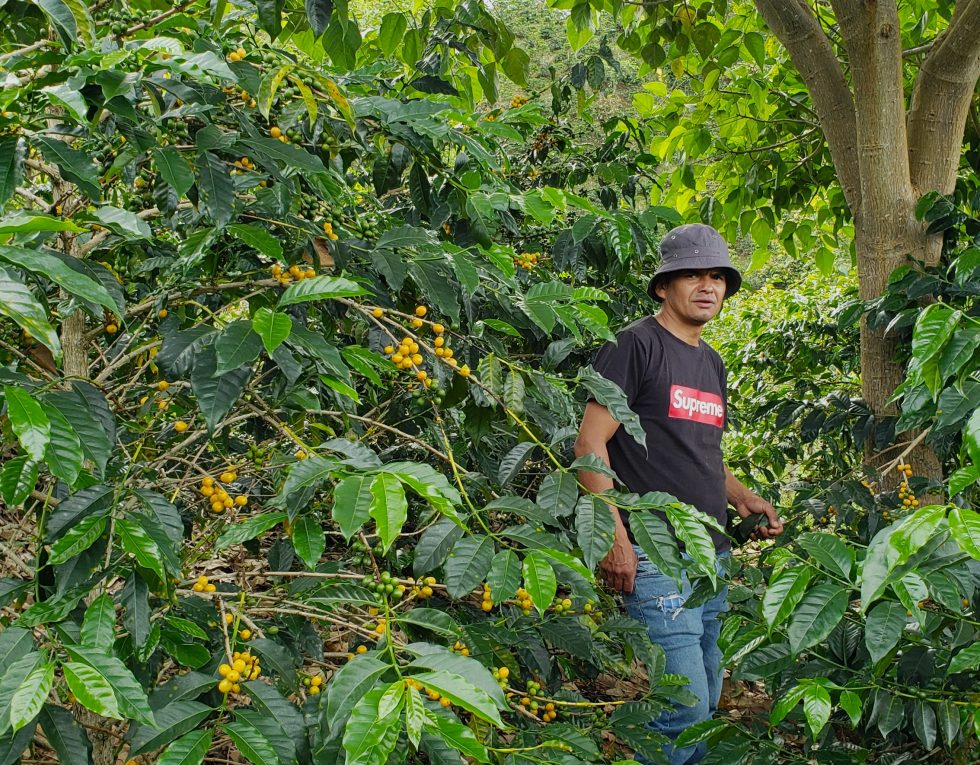
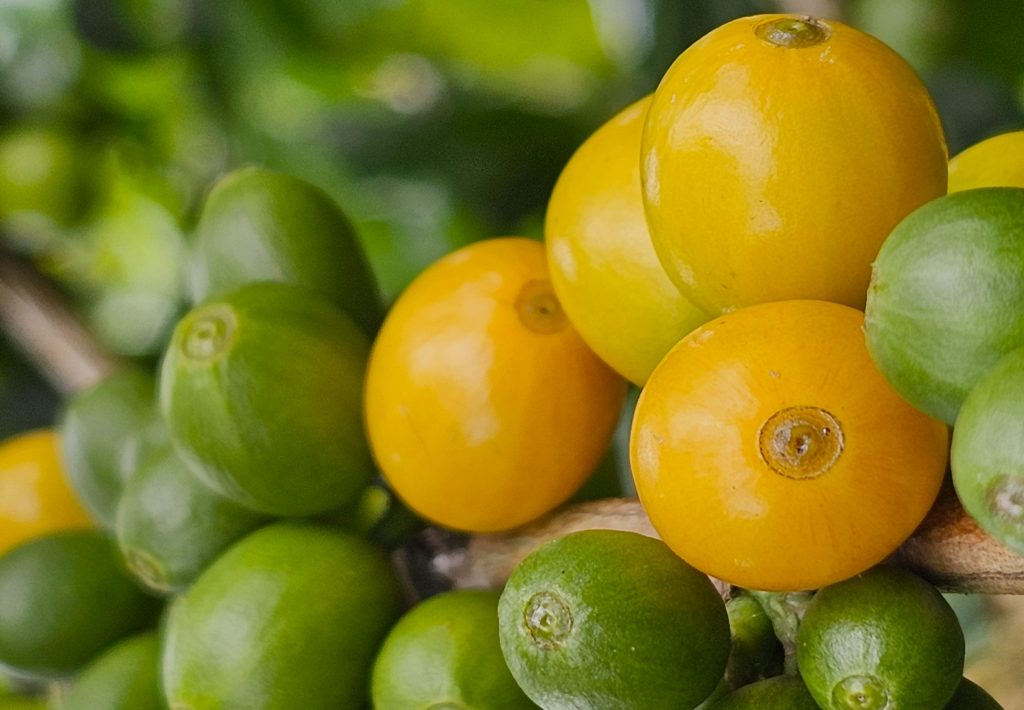
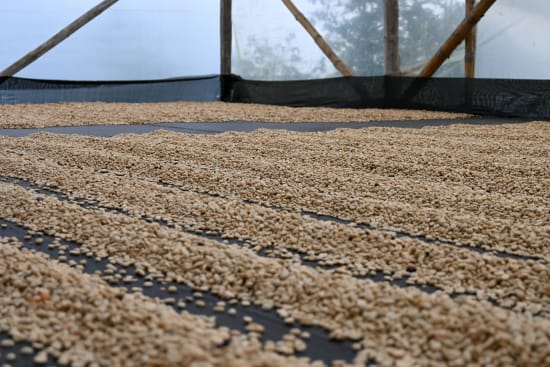
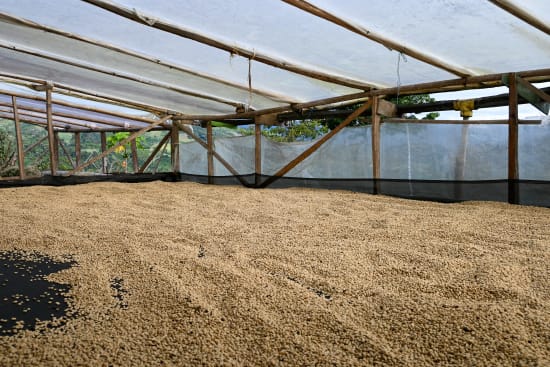
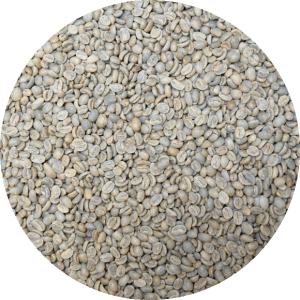
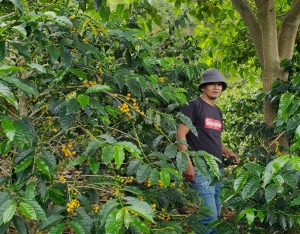
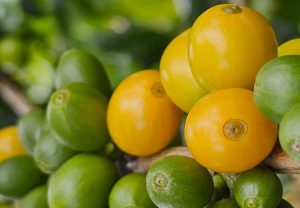
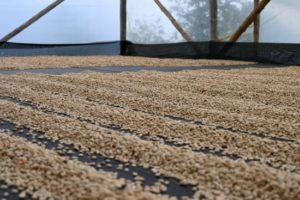
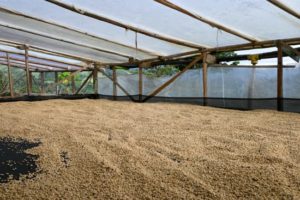



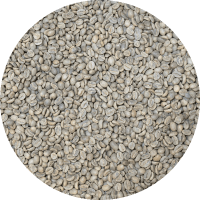
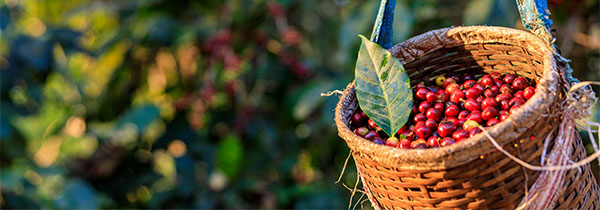
Reviews
There are no reviews yet.